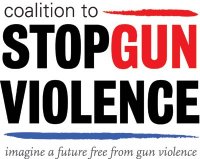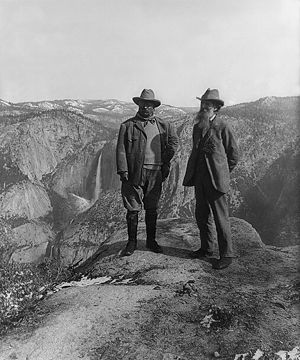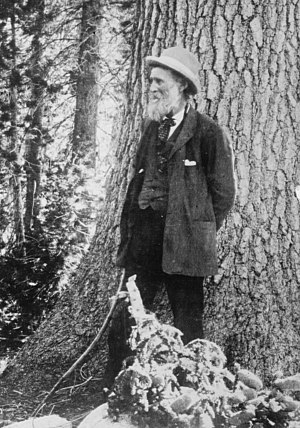One of the major issues in dealing with gun violence is that the data seems to fly all over the map. And if you don’t have reliable data then it’s pretty tough to develop a solid strategy for dealing with the problem. Of course you can always deal with this by saying that there is no problem. But let’s leave the loonies to talk (or yell) among themselves. For the rest of us, who believe that we try to make evidence-based decisions, if there ain’t good evidence there ain’t a decision.But this may have changed this week with the release by the American Public Health Association of a report that analyzes firearm injuries from 2003 to 2010, using national data from the Agency for Healthcare Research and Quality, which is a branch of HHS. The study aggregated data from virtually every hospital in the United States, or at least every hospital that is connected to the government through HHS-administered programs like Medicare, Medicaid, Veterans, etc. In other words, virtually every hospital. And the injury data, drawn from hospital admissions, was coded to pick up just about every type of primary or secondary diagnosis that could have been the result of a gun injury. The bottom line is this: If this data ain’t complete, there ain’t no complete.
One caveat before I talk about the actual findings: the data on hospitalizations seriously undercounts the actual level of gun violence because it does not cover ER visits, but only hospital admissions. We can assume that most people who came to the ER with a gunshot wound probably ended up staying in the hospital, but the Department of Justice data on gun violence, which comes from the FBI (which comes from state and local law enforcement) doesn’t break gun injuries out of the much larger category of gun violence, which means any criminal incident in which a gun was involved,whether someone was shot or not. And of course the hospital data completely undercounts homicides, because even though slightly less than ten percent of hospital admissions resulted in death during the admission period, we can assume that almost all homicides and certainly all suicides were taken not to a hospital or an ER, but to the morgue.
Given the caveats above, the findings of this report still require serious thought and consideration. First and most important is the fact that of the more than 250,000 gun injuries between 2003 and 2010, more than 30% were classified as self-inflicted wounds. Of late the NRA has been patting itself on the back because the number of firearm deaths that are ruled as accidents is quite low, so low that accidental gun deaths don’t even make it to the list of major accident deaths published by the CDC. But gun injuries are very serious, the report gives convincing evidence that the costs of gun injury hospitalizations averages $75,000, which means that we are spending an awful lot of money, nearly one billion dollars every year, on taking care of people who didn’t even know how to handle a gun.
The other significant finding from a public health point of view is that more than one-third of gun injury patients had no medical insurance. But this should not surprise, given the fact that 40% of the hospitalizations involved males between the ages of 18-30, which is exactly the age bracket occupied by people who usually make the conscious decision not to carry medical insurance at all. So not only do we face a serious use of medical resources for gun injuries, a third of which could be prevented by simply locking up, locking away or unloading the guns, but we also face a significant impact on public health budgets, since so many of these patients are uninsured.
It seems to me that enough data has now been produced to move the discussion beyond the debate over whether gun violence represents a health issue at all. And if anyone reading this blog truly believes that physicians and other health professionals should refrain from talking about guns in terms of health, then they’re reading the wrong blog. Over the next several weeks I’m going to be making some suggestions about how the medical community might try to deal with gun violence at the level where it really counts – the contact with patients before they become a statistic in the next report.
Related articles
- Adam Winkler: NRA Loses Big At Home (huffingtonpost.com)
- The Democrats’ Anti-Gun Manual Exposed (americanthinker.com)












Recent Comments